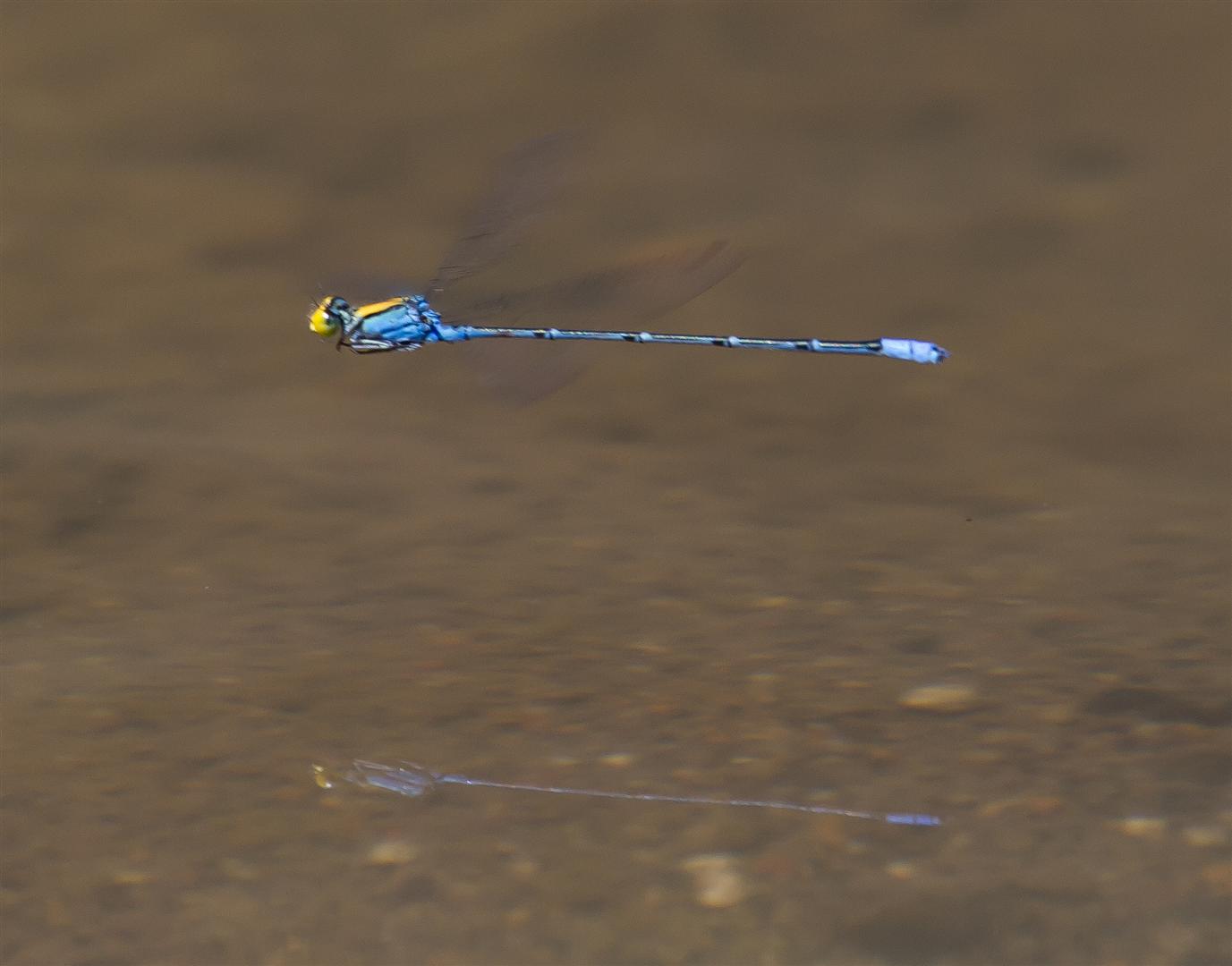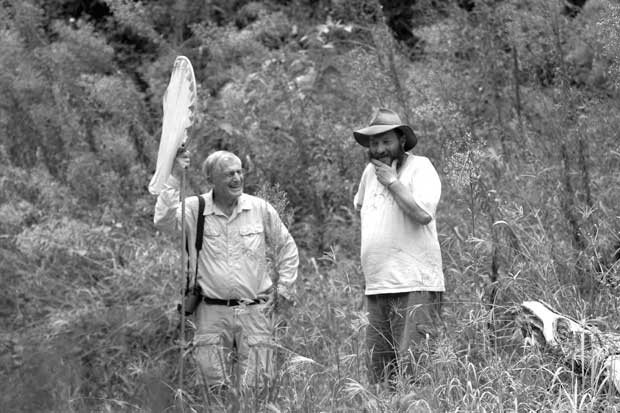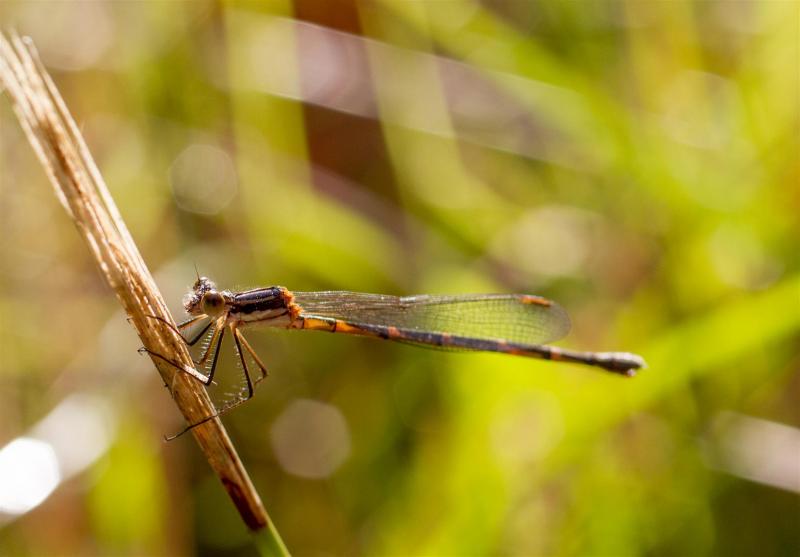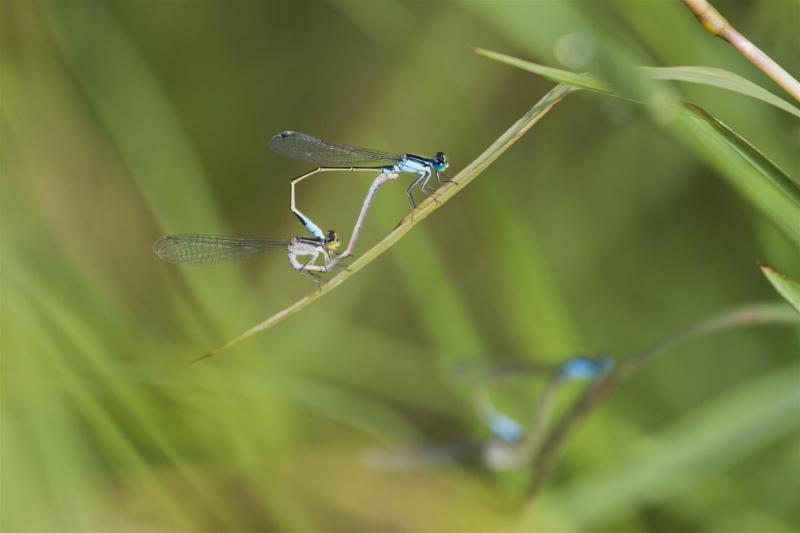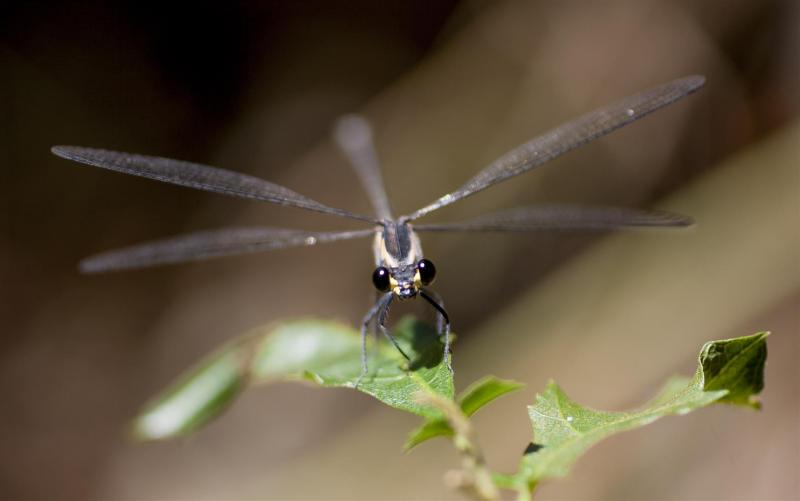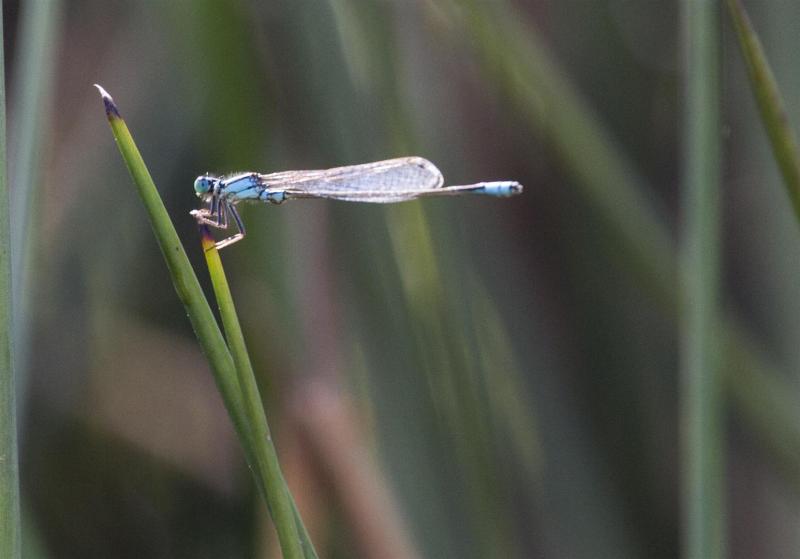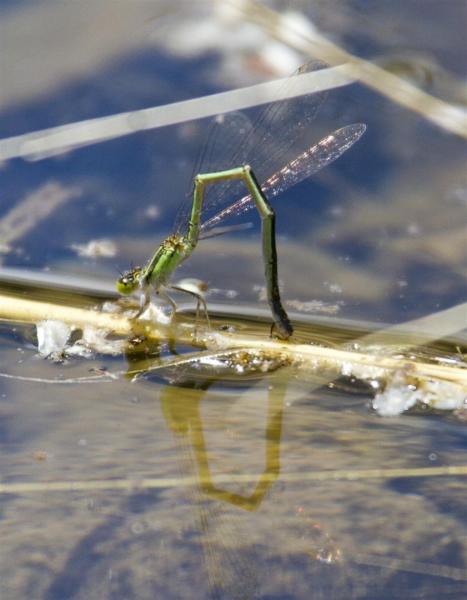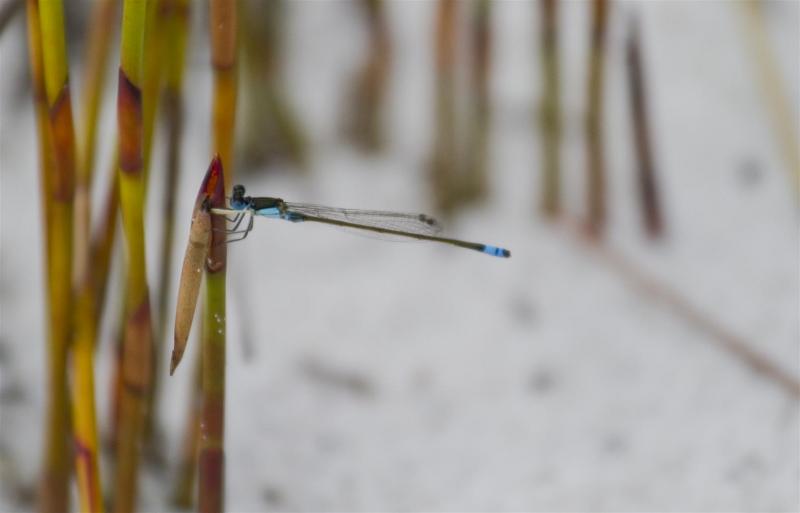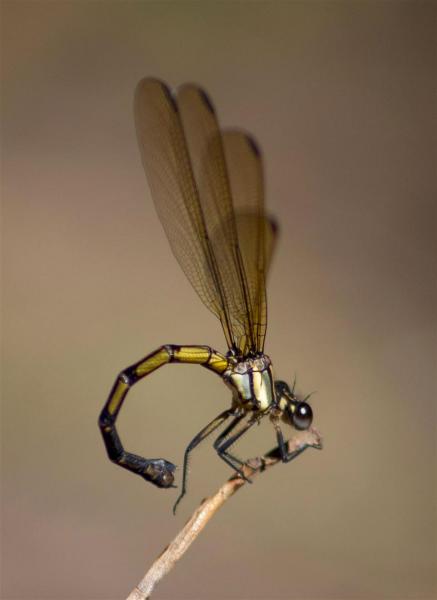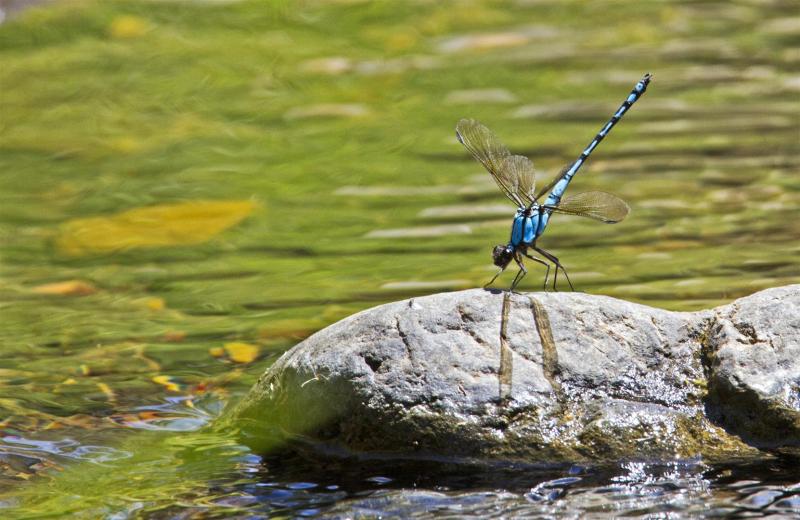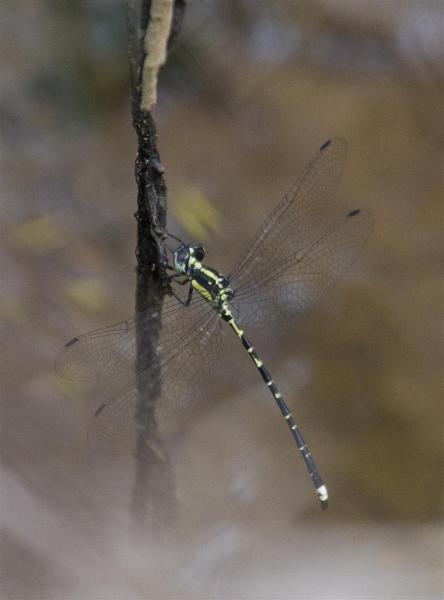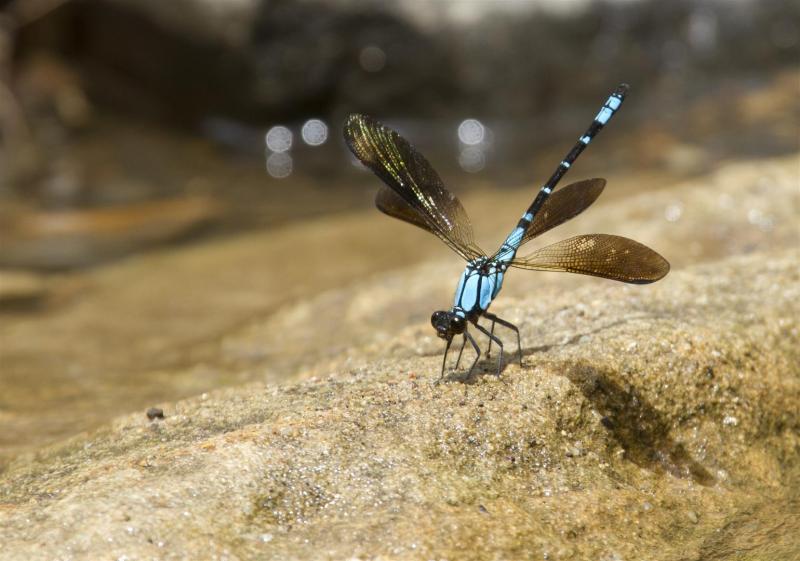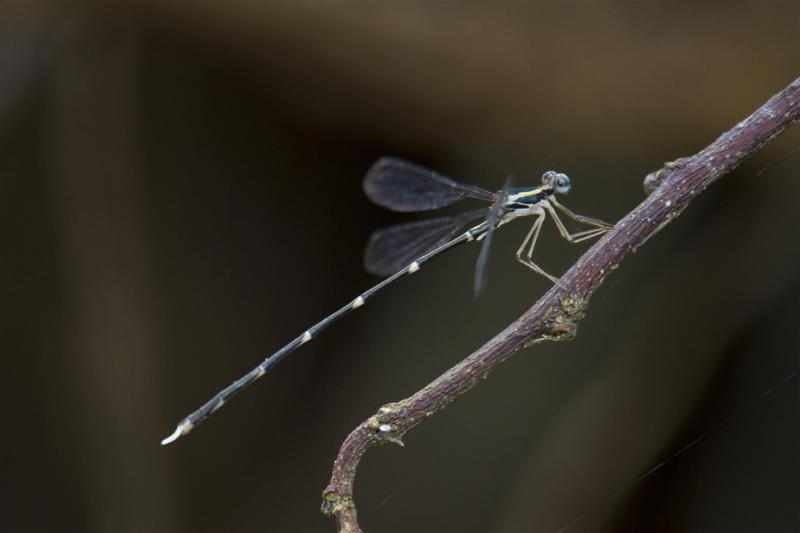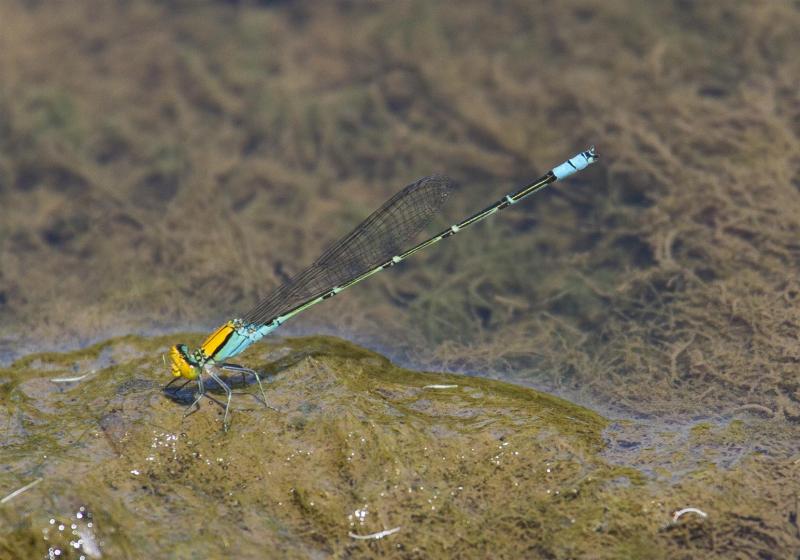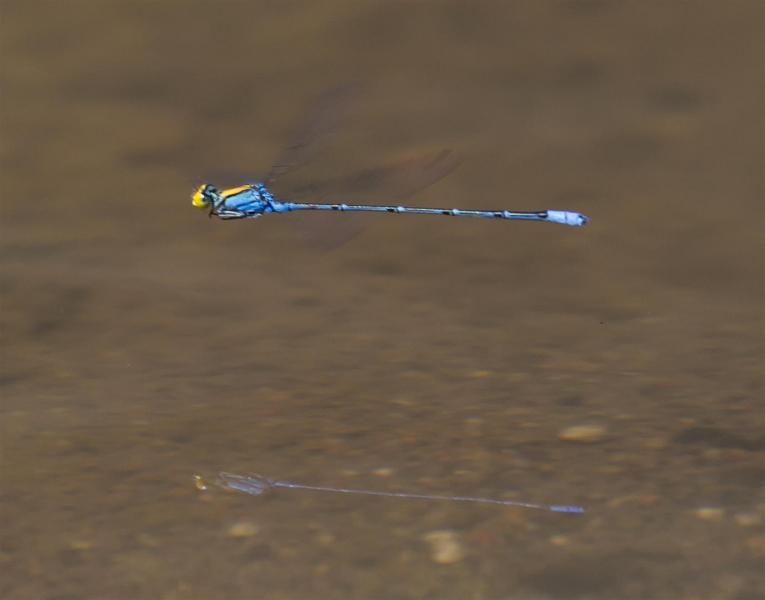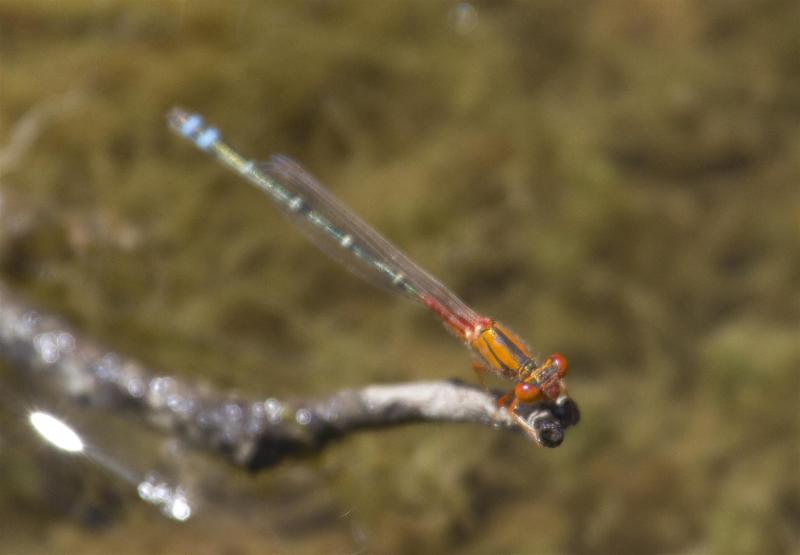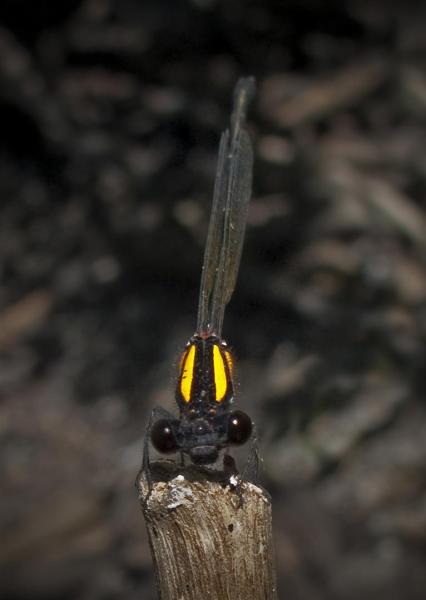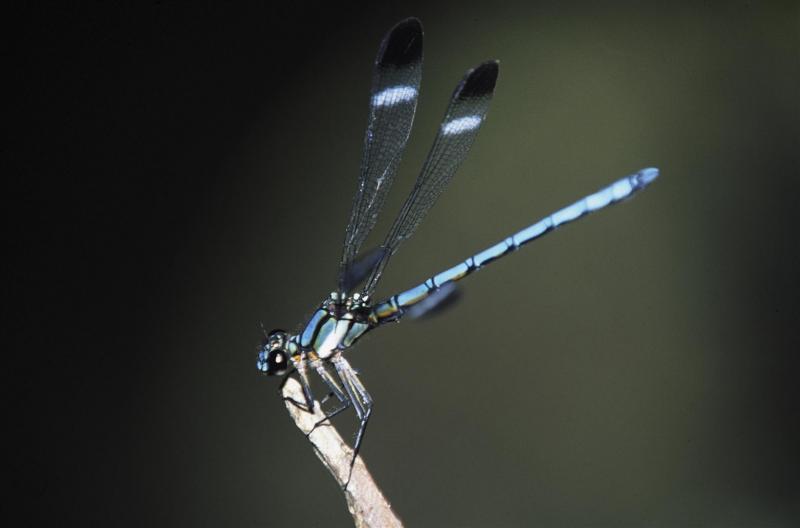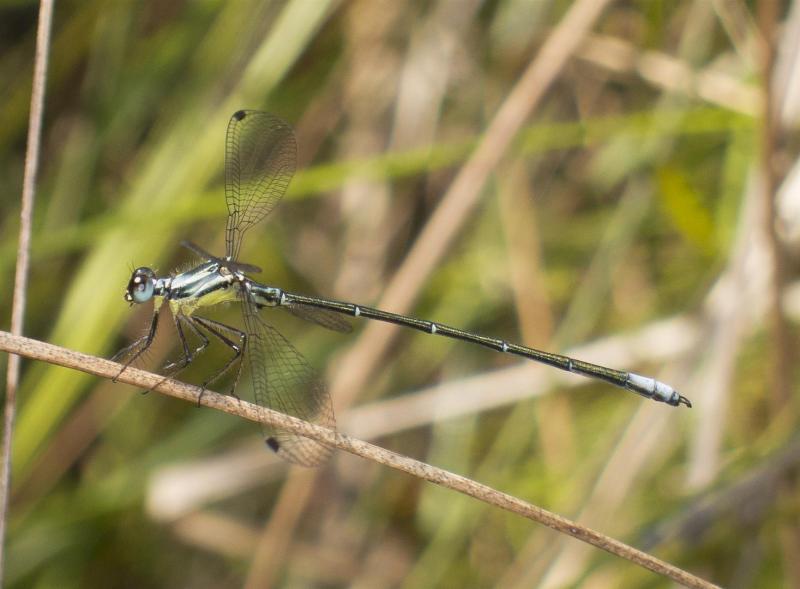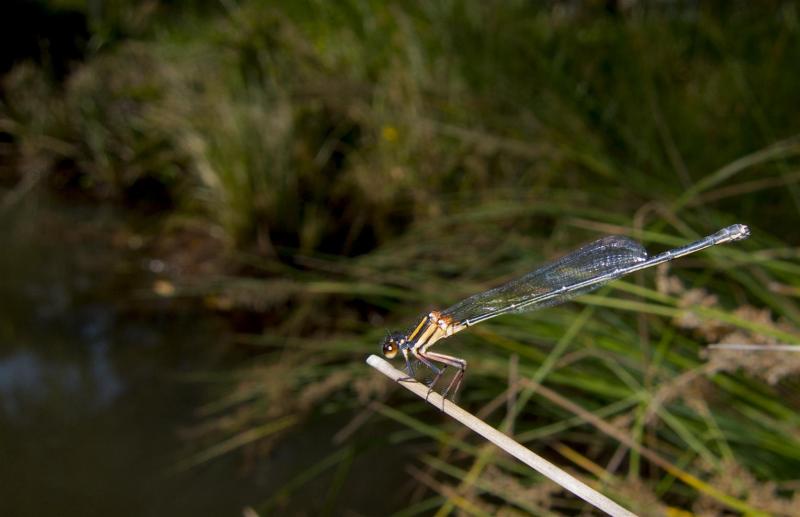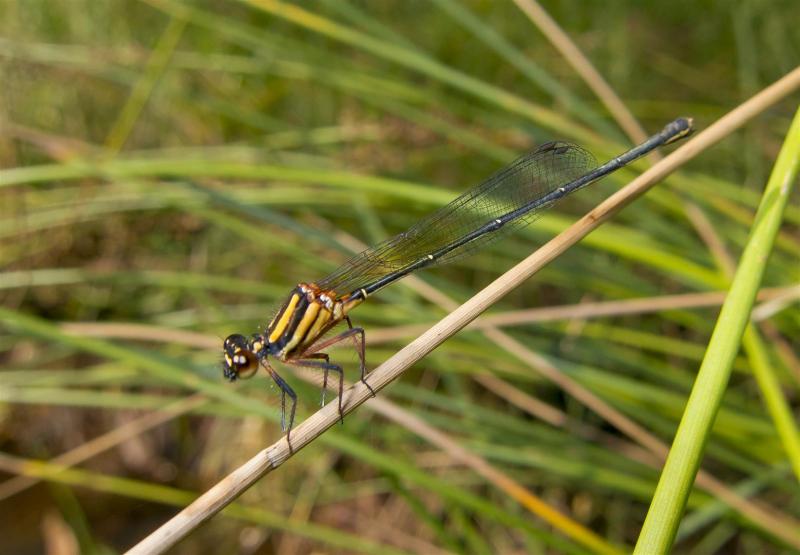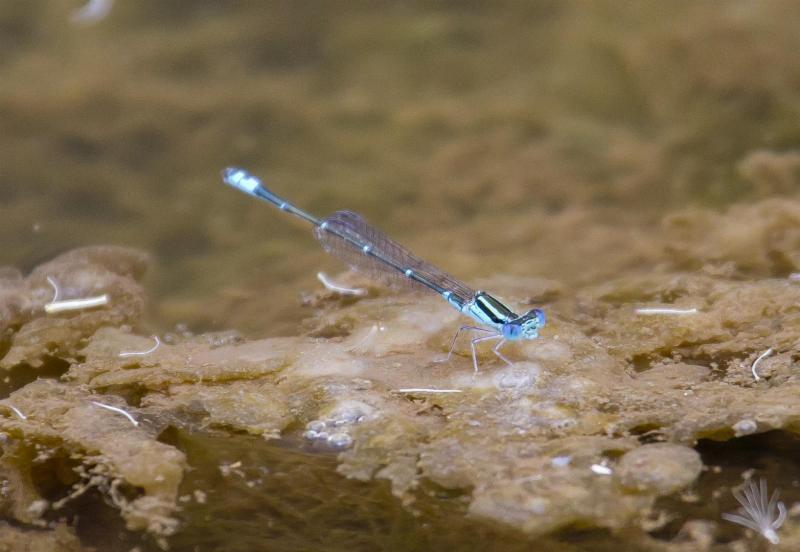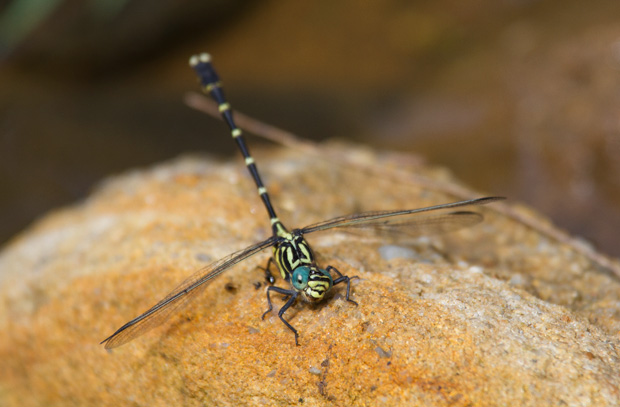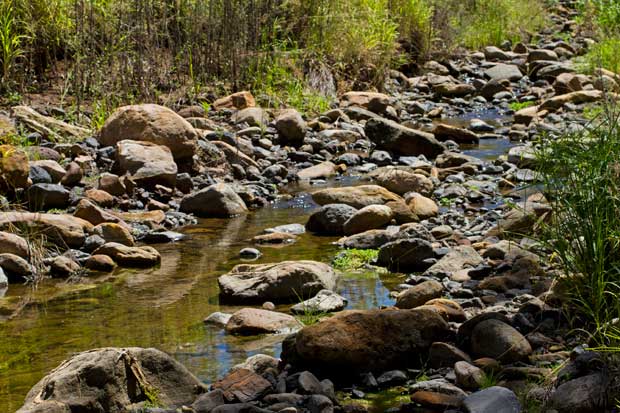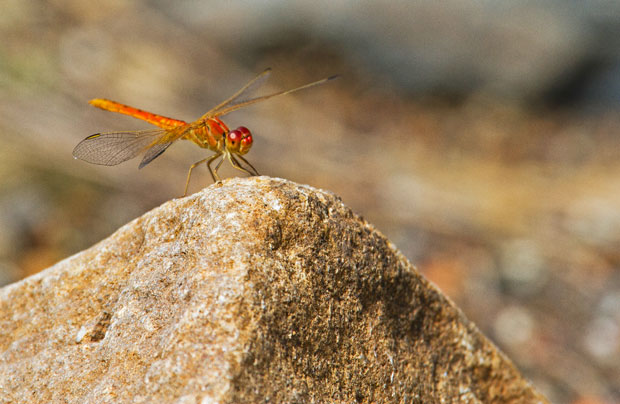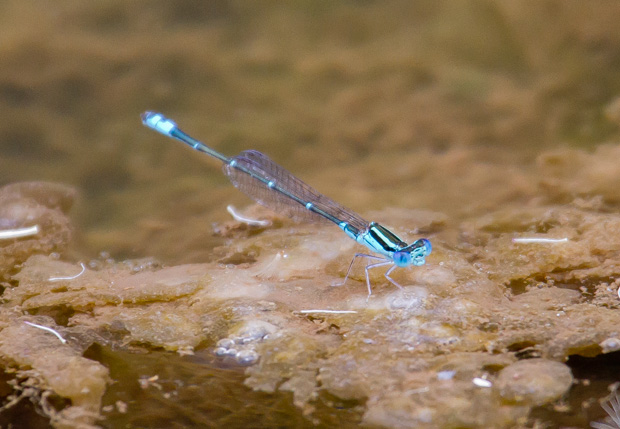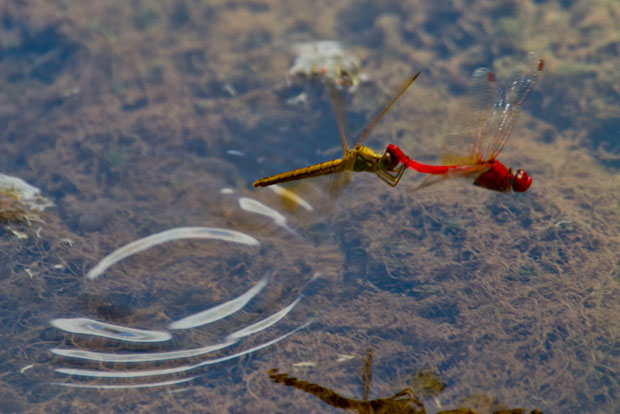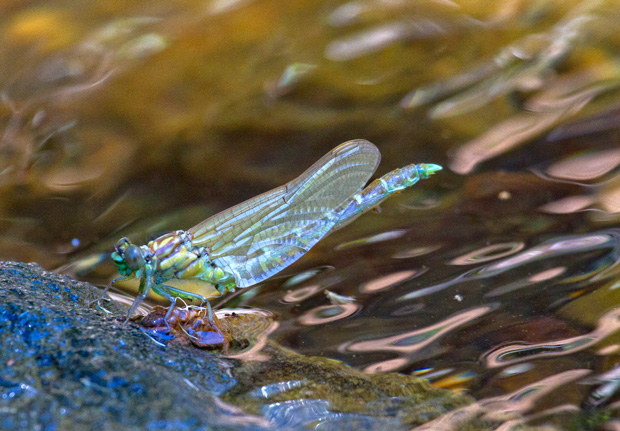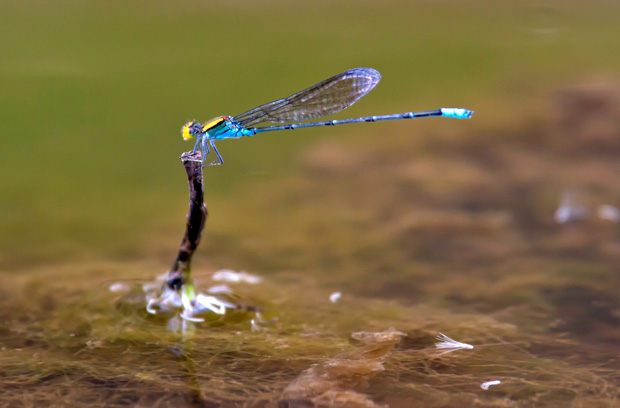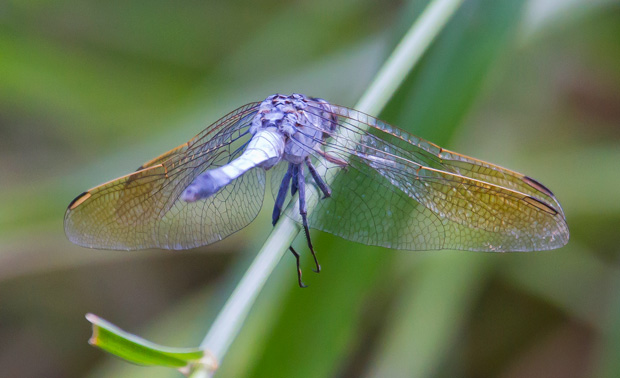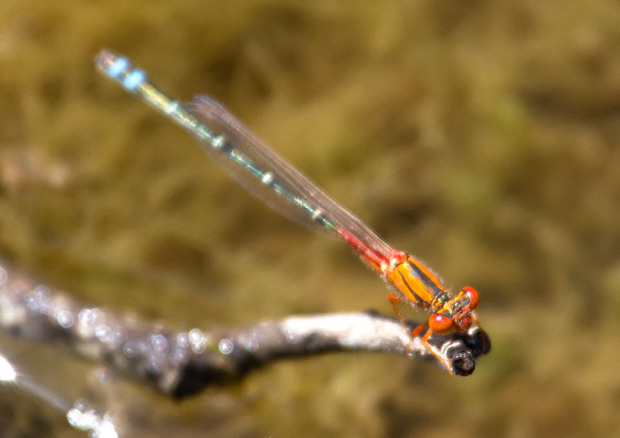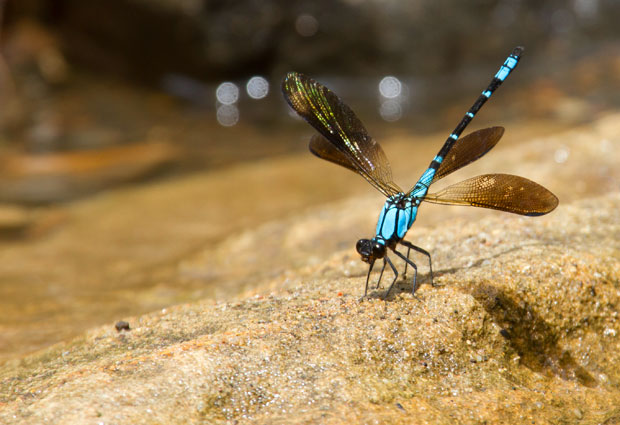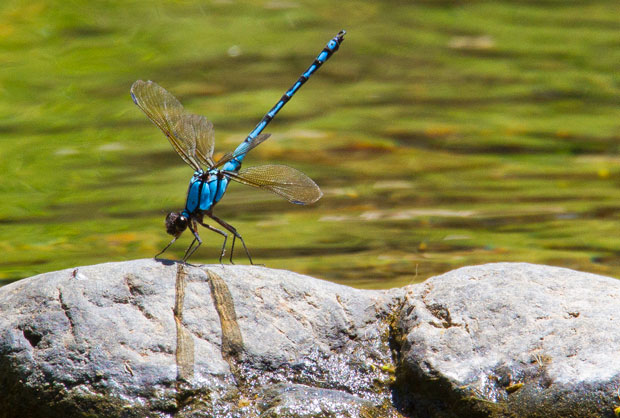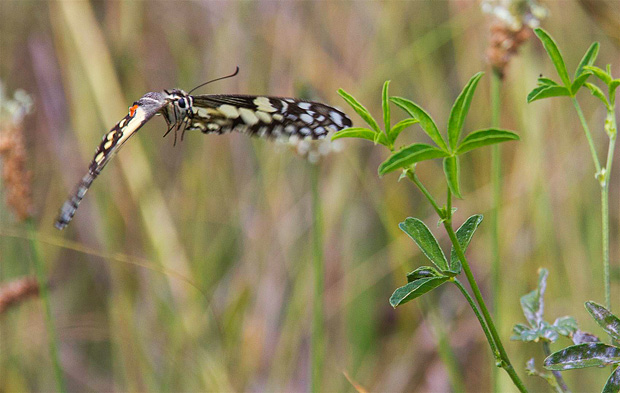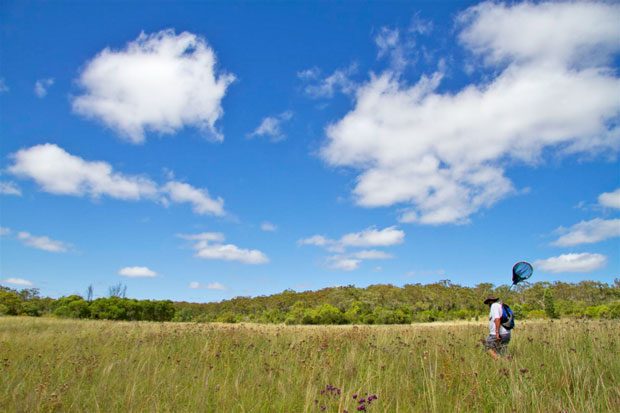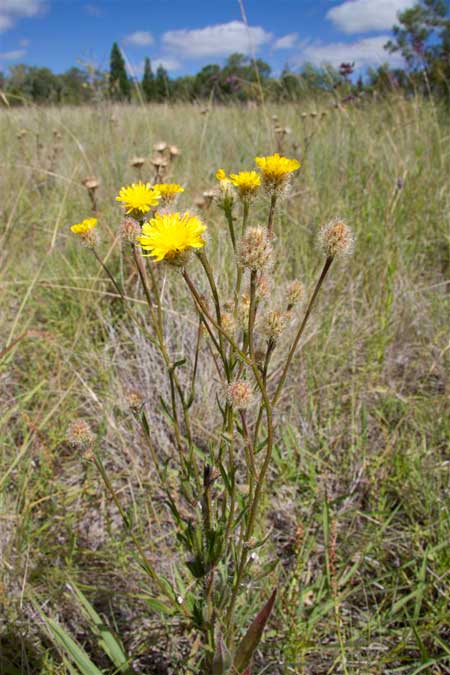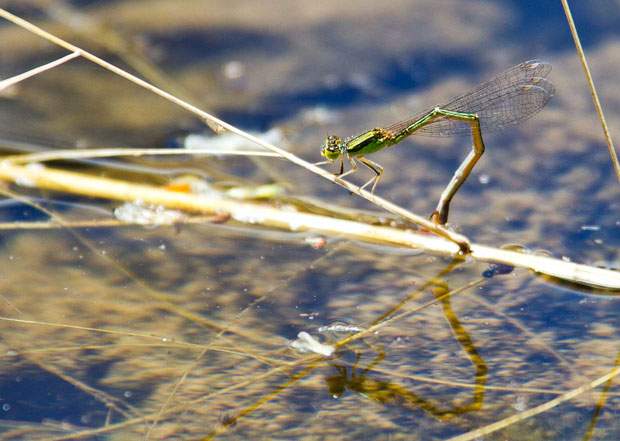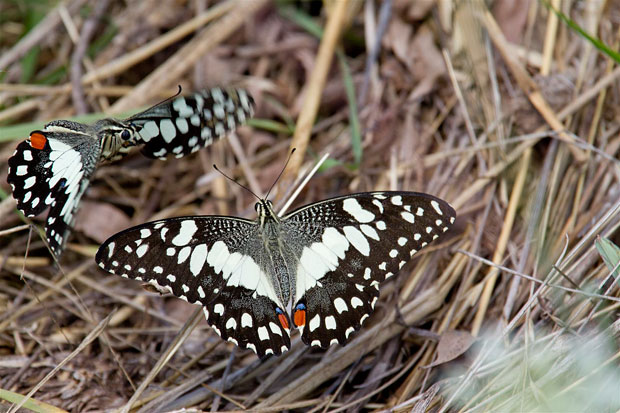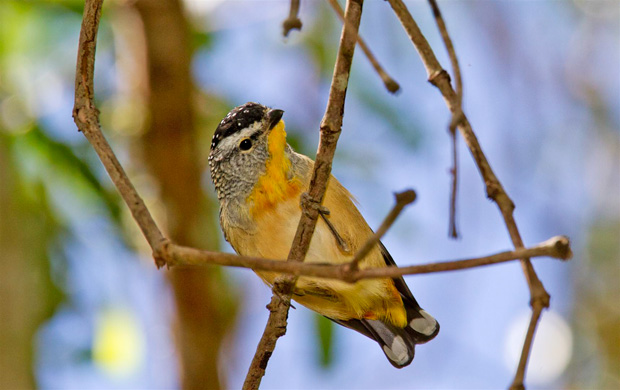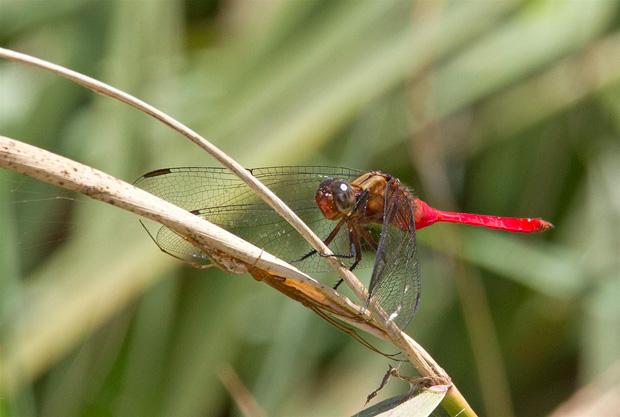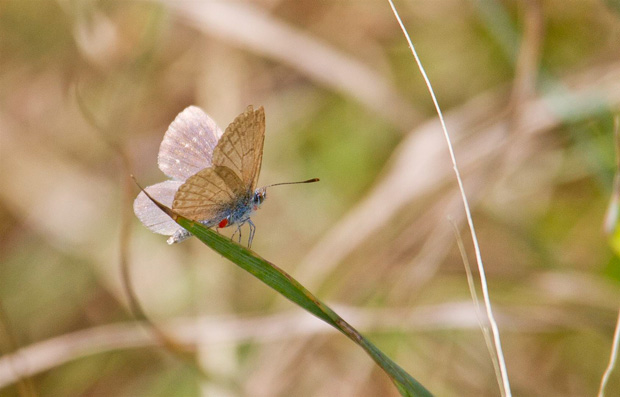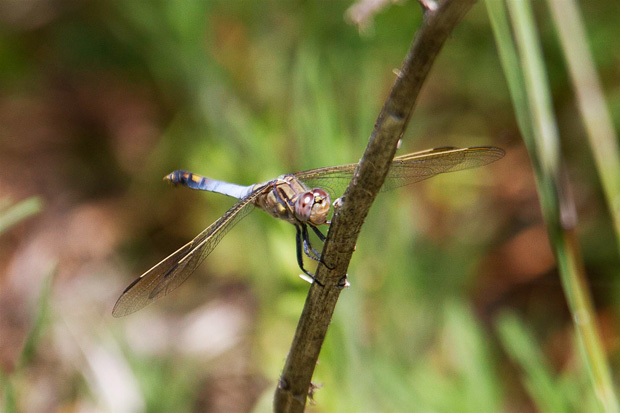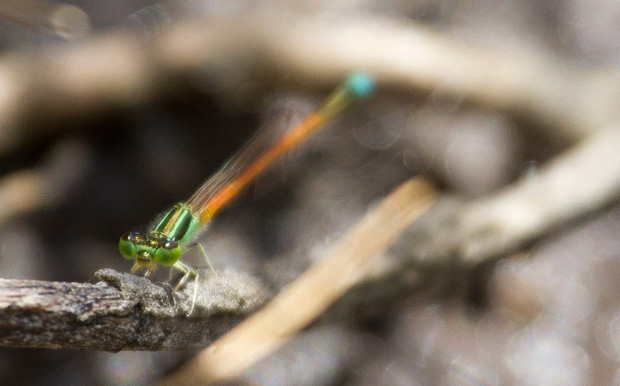I’ve been gradually enlightened about the mysterious and marvelous world of dragonflies and damselflies.
Dragonflies have always fascinated me, but I’ve only recently been switched on to their more delicate relatives, the damselflies.
This post is dedicated to Barry Kenway, highly-respected and knowledgeable Toowoomba naturalist, who passed away last week. I had the good fortune to spend some time with Barry, and Rod Hobson, chasing dragonflies in February 2012 (see Rockmasters and other legendary dragonflies). Barry’s knowledge about, and infectious enthusiasm for, these wonderful creatures was a joy. It would be hard to forget Barry’s smile as he spied yet another species of Odonata zipping about a creek sparkling with summer light.
Here’s a gallery of damselflies I’ve encountered over the last few years. They are a challenge to photograph!
Damselflies are primitive insects belonging to the order Odonata (a name that refers to the large teeth-like mandibles of both larva and adult). There are two suborders of Odonata in Australia — the damselflies (Zygoptera)and the dragonflies (Epiproctophora or Anisoptera). There are 12 families of damselflies in Australia.
How do damselflies differ from dragonflies? Damselflies are generally very slender insects, with fore- and hindwings similar in shape and venation and usually held closed above their bodies at rest. Their larvae have external gills on the end of the abdomen. Dragonflies are stouter and stronger flying insects, with fore- and hindwings more or less dissimilar in shape and venation, which they hold spread out when at rest. Their larvae have internal, rectal gills.

